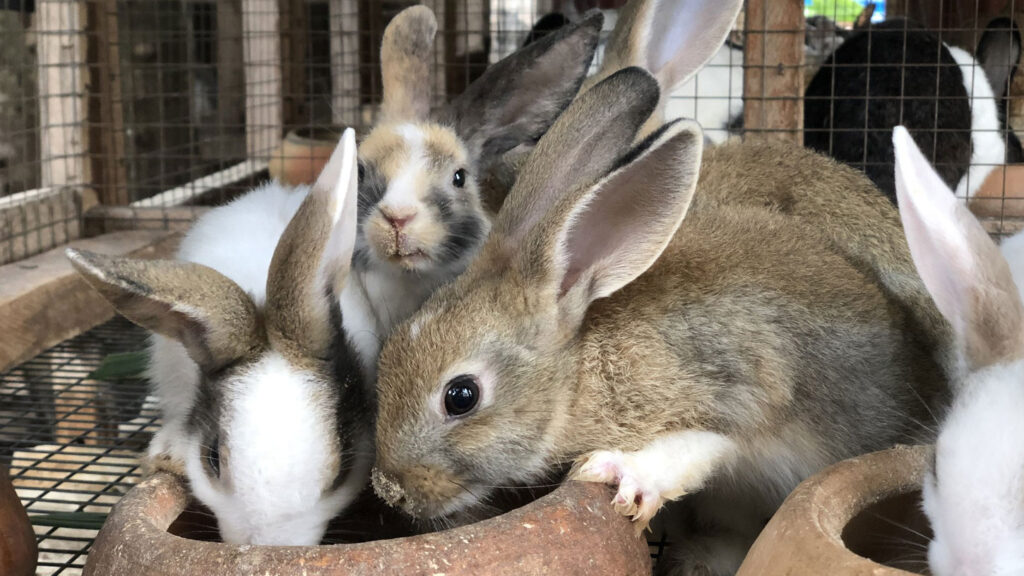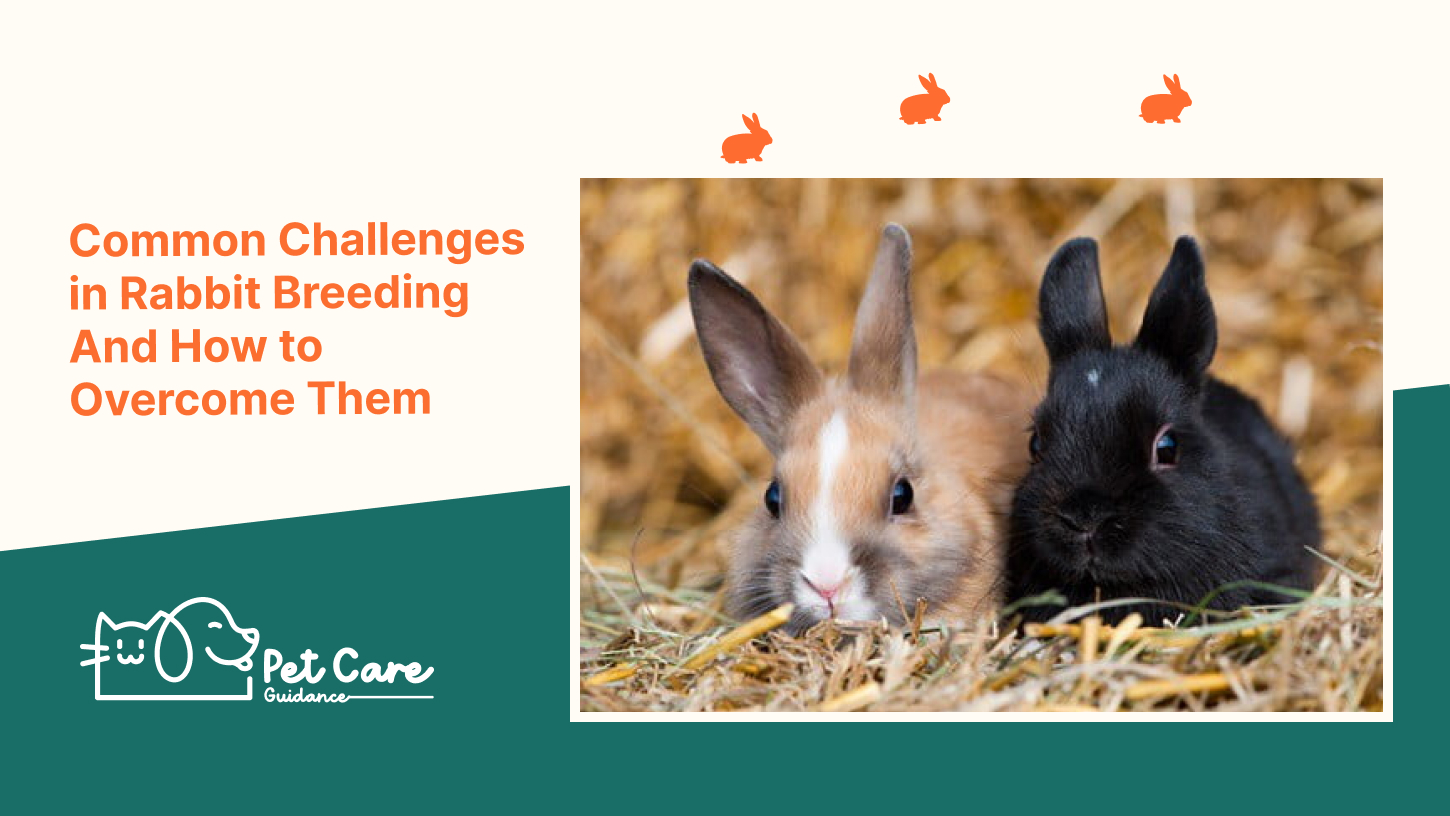Common challenges in rabbit breeding include poor reproductive performance, inadequate nutrition, disease, and physical conditions. To overcome these challenges, it is essential to maintain the breeding animals in good physical condition, provide them with a balanced and nutritious diet, regularly monitor their health, and seek appropriate veterinary care when needed.
Additionally, implementing proper breeding techniques and management practices can help improve reproductive performance and ensure successful breeding outcomes.
Breeding Cycle And Behaviors
Breeding rabbits can come with its fair share of challenges. One important aspect of successful breeding is understanding the breeding cycle of rabbits. This involves knowing the different stages and behaviors that rabbits exhibit during their breeding process.
Identifying rabbit breeding behaviors is crucial in determining the best time for mating. Rabbits may sniff each other to determine their mating receptivity. They may also engage in playful chasing and “dancing” movements, such as stomping their feet and kicking their legs in the air. It is essential to keep breeding animals in good physical condition to ensure optimal reproductive performance.
Poor physical condition, old age, disease, injury, and inadequate nutrition can all contribute to reproductive problems. By addressing these challenges and understanding the behaviors associated with rabbit breeding, breeders can overcome obstacles and enhance their breeding success.
Physical Factors Affecting Reproduction
|
Poor physical condition, old age, disease, injury, and inadequate nutrition can all lead to reproductive problems in rabbits. As a rabbit breeder, it is crucial to maintain the optimal physical condition of your breeding animals to ensure the best reproductive performance. This includes keeping them in a trim, active, and healthy state.
Addressing these factors is essential for overcoming challenges in rabbit breeding. Regular check-ups by a veterinarian, providing a balanced and nutritious diet, and preventing injuries are important steps to take to mitigate these issues. Older rabbits should be carefully monitored, and appropriate actions should be taken if any reproductive problems arise. By addressing physical factors and ensuring the well-being of your rabbits, you increase the chances of successful breeding. |

Improving Breeding Techniques And Management
|
Improving breeding techniques and management is crucial for overcoming common challenges in rabbit breeding. Here are some tips for successful breeding techniques: |
|
|
Implementing these strategies can greatly improve breeding success and overcome common challenges in rabbit breeding. By optimizing reproductive performance, making informed breeding selections, employing effective mating techniques, providing suitable nesting environments, maintaining accurate records, and ensuring the health of breeding rabbits, breeders can enhance their overall breeding outcomes. |
Frequently Asked Questions Of Common Challenges In Rabbit Breeding And How To Overcome Them
How Do You Successfully Breed Rabbits?
To successfully breed rabbits, you need to ensure their physical condition is good, they are in the right age, free from disease, and have a balanced nutrition. Male and female rabbits should be introduced and allowed to sniff each other before mating.
Once mating behavior is observed, it is important to keep the breeding animals in a healthy state for optimal reproductive performance.
What Are The Disadvantages Of Rabbit Production?
Disadvantages of rabbit production include the inability to be raised on high-energy, low-fiber diets and reproductive problems caused by poor physical condition, old age, disease, injury, and inadequate nutrition.
What Is The Breeding Cycle Of Rabbits?
The breeding cycle of rabbits involves the male and female bunnies sniffing each other to determine readiness. Once ready, they engage in a playful chase, followed by a “dance” where they stomp their feet and kick their feet in the air.
Reproductive problems can occur due to poor physical condition, old age, disease, injury, or inadequate nutrition. It is important to keep breeding rabbits in optimal health for successful reproduction.
What Are Rabbit Breeding Behaviors?
Rabbit breeding behaviors include sniffing each other, chasing, foot stomping, and kicking their feet in the air.
Conclusion
Breeding rabbits can be a rewarding but challenging endeavor. From reproductive issues to inadequate nutrition, there are various hurdles that rabbit breeders may face. However, with the right strategies and knowledge, these challenges can be overcome. By maintaining the rabbits in optimal physical condition, providing a balanced diet, and understanding their breeding behaviors, breeders can increase their chances of success.
Additionally, staying updated with the latest techniques and seeking advice from experienced breeders can also be beneficial. With perseverance and dedication, you can navigate these common challenges in rabbit breeding and achieve your breeding goals.


